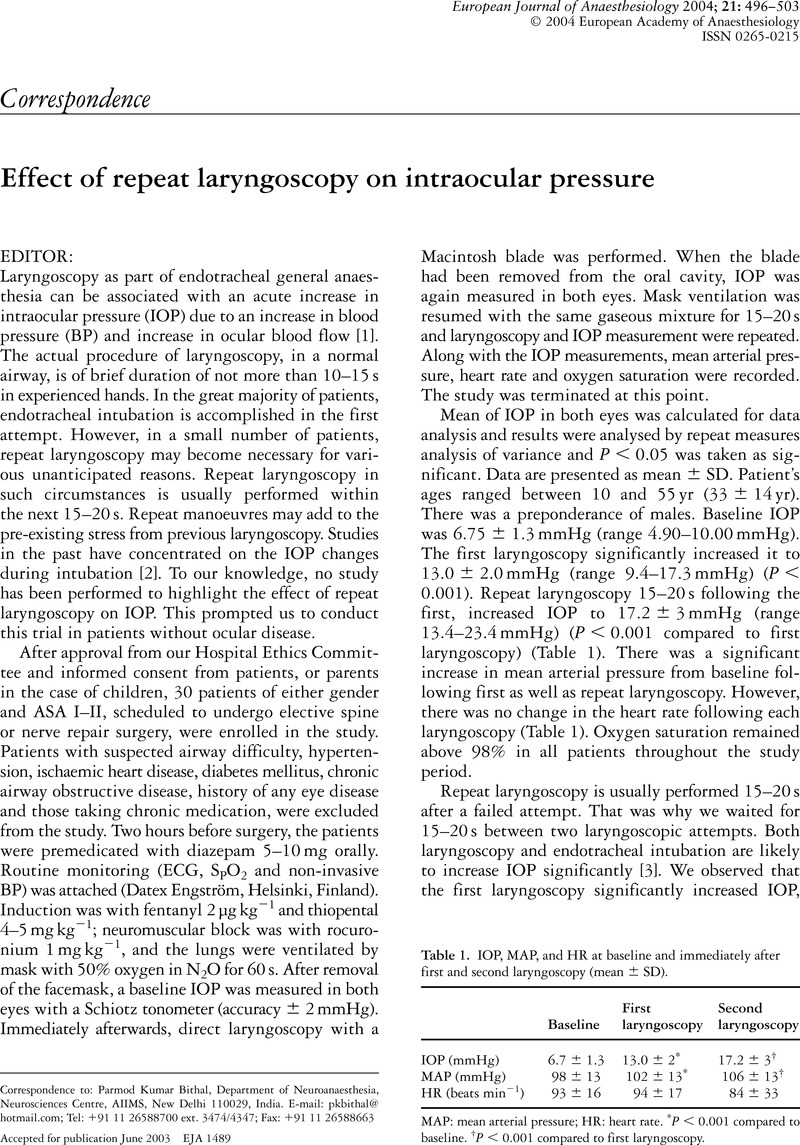Crossref Citations
This article has been cited by the following publications. This list is generated based on data provided by Crossref.
Snow, Karen A.
Clements, Elizabeth A.
Eppert, Alex J.
and
Judge, Bryan S.
2007.
Antimuscarinic Syndrome After Propofol Administration in the Emergency Department.
The Journal of Emergency Medicine,
Vol. 33,
Issue. 1,
p.
29.
Roesner, J.
and
Böhnsch, J.
2007.
Suchtmittel in der AINS.
p.
109.
Biro, Peter
Vagts, Dierk A.
Emmig, Uta
and
Pasch, Thomas
2011.
Anästhesie bei seltenen Erkrankungen.
p.
261.
Toksvang, Linea Natalie
and
Plovsing, Ronni R.
2016.
Symptoms of Central Anticholinergic Syndrome After Glycopyrrolate Administration in a 5-Year-Old Child.
A & A Case Reports,
Vol. 6,
Issue. 2,
p.
22.
Kaltofen, Heike
Emmig, Uta
Vagts, Dierk A.
and
Biro, Peter
2018.
Anästhesie bei seltenen Erkrankungen.
p.
1.





